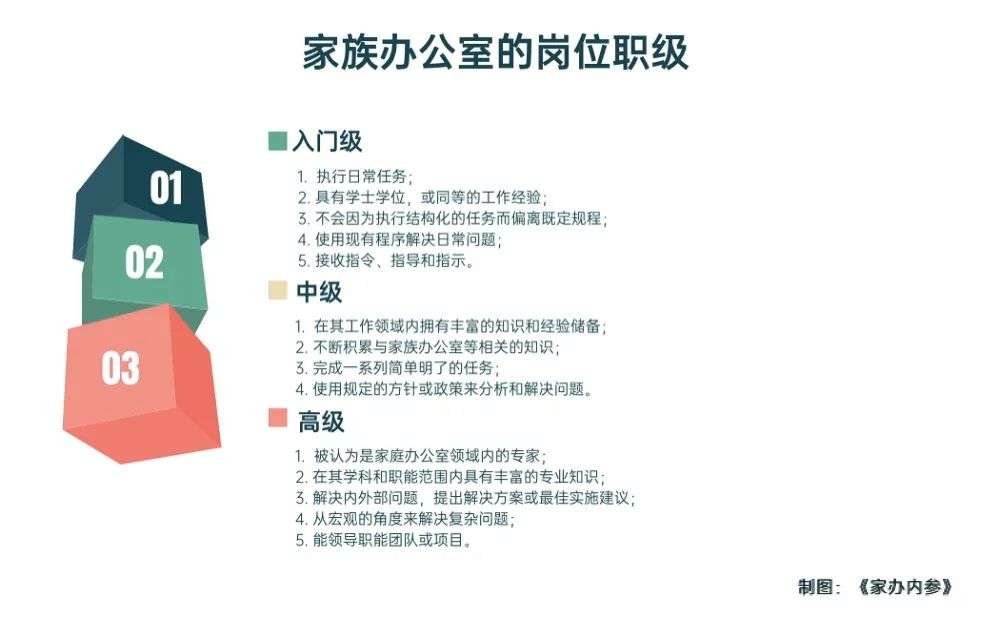It is rare that the CIO’s salary is equal to or higher than that of the CEO.
Bonus
Bonuses are becoming more and more popular as a way to reward and retain top talent. According to the Global Family Office Salary Benchmark Report, most family offices will pay 21%-30% of their employees’ basic salary as bonuses. On average, the Asia-Pacific region has the highest bonus, which is 31%-50% of the basic salary.
Among them, there are two basic forms of bonuses: discretion and goal-driven.
The discretionary bonus is a cash reward granted to executives by the family based solely on their choice. It provides the maximum flexibility for the family and does not require a measurement-based approach. However, in the case where most executives value predictability, this type of bonus often fails to give a sufficient sense of security.
Therefore, goal-driven bonuses came into being—that is, bonuses based on the realization of key indicators. The indicator setting process should be seen as an opportunity for meaningful dialogue between the family and senior management to determine what is important in the future.
Currently, many families adopt a hybrid approach, with bonuses driven by key goals + discretionary bonus distribution methods, which provide a certain flexibility strategy for the management organization.
Long Term Incentive Program (LTIP)
The establishment of long-term incentive plans for executives in leadership and investment roles has become a growing trend. This move is particularly evident in mature markets such as the United States and Europe.
The family-run long-term compensation plan usually consists of deferred cash or stock payments, usually three to five years. The form of stocks can be physical or synthetic equity in family investment vehicles, or stocks of companies held by the family. The award amount can be determined annually or accumulated over a multi-year period based on the performance of the investment portfolio or investment company. For example, the family may consider agreeing to pay executive salaries in a lump sum at the end of a five-year or ten-year service period to encourage executives to stay in office throughout the service period.
In a survey of family-run executives, 53% of respondents said that they have developed a long-term incentive plan.
In addition, the private equity firm JAB controlled by the Lehman family in Germany is a good case: the Lehman family owns most of the shares in JAB, and the remaining shares are held by the company’s managing partners.
Carry
Carry is short for carried interest, and it is a popular remuneration structure in the field of fund management. Simply put, it is the income share collected by fund managers from investors.
This incentive is usually provided to the CIO (Chief Information Officer) and CEO (CEO) of the family office. However, in some home offices, other team members can also get rewards based on such agreements. Depending on the size of the family office, Carry ranges from 1-2% to 10-20%.
Follow-up vote
The right to follow-up investment is an opportunity for the family office to reward key executives for the shares or ownership of investment projects. This has become an increasingly popular incentive method. In the structure of follow-up investment, individual executives usually need to commit 1-2% of the investment amount based on their net worth.
When negotiating a co-investment agreement, the family business should issue fringe benefits to senior management to protect minority investors. For example, if major shareholders decide to sell their investment, follow-up rights will allow executives to sell their investment.
A survey conducted by Citi Private Bank in 2017 of heads of global household offices showed that two-thirds of executives said they had signed a co-investment agreement with their families.
An effective reward and retention strategy combined with a good process and a pragmatic salary structure is meaningful to the family and employees.
02
Less things, more money
In 2018, McNally Capital, Botov Consulting Company and Mike International Company surveyed 152 companies. The results of the survey on salary show:
• The average annual salary of a single CEO in the United States is US$556,100. Among them, the average total compensation of the top 10% CEOs is $1.52 million.
For CEOs who manage more than $1 billion in home offices, the salary level is even higher. The average base salary of these people’s offices is 919,400 US dollars, and the average total salary is 2.37 million US dollars.
The smaller the asset management scale of the family office, the lower the salary it can pay. According to the survey, the average salary of small family-run CEOs with assets of less than 100 million U.S. dollars is 432,600 U.S. dollars, and the total salary is 491,800 U.S. dollars. Interestingly, this salary level is higher than that of assets in the range of 100 million to>
1. Compared with the work that investment banks or private equity funds often need to stay up late and work overtime, the working hours of home offices are more moderate.
Second, there are many lucrative job-hopping opportunities when working in a single office. For example, go to a family-run portfolio company to serve as CEO, chief financial officer, etc.; to work as a family-run executive in an investment bank; join other single offices, or join independent investment companies of family members, etc.
Overall, in European and American countries, compared with other financial and commercial fields, the salary level of home office is very attractive, which means that the home office industry will attract more talents.
In China, according to the “Household References”, as VC/PE and other industries gradually become a red sea, a large number of talents are also overflowing, and more and more talents are flowing to the household industry. We also believe that with the gradual rationalization of the salary system, China’s family-run industry will also attract more and more outstanding talents.
(Reminder from “Home Office Internal Reference”: The content and opinions of this article are for reference only and do not constitute any investment advice.)


